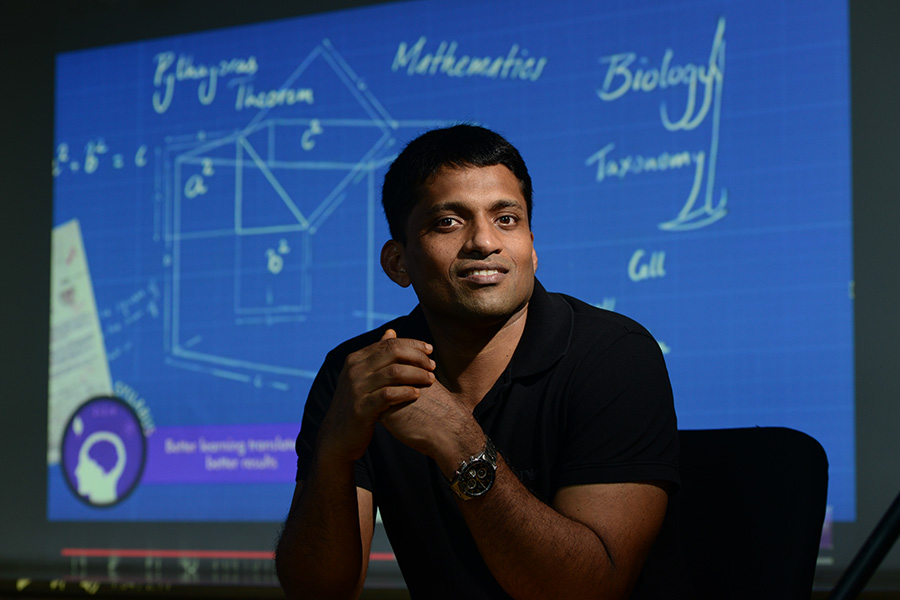Our focus is to create talent even before the market need arises: Sandeep Kishore, CEO, Zensar
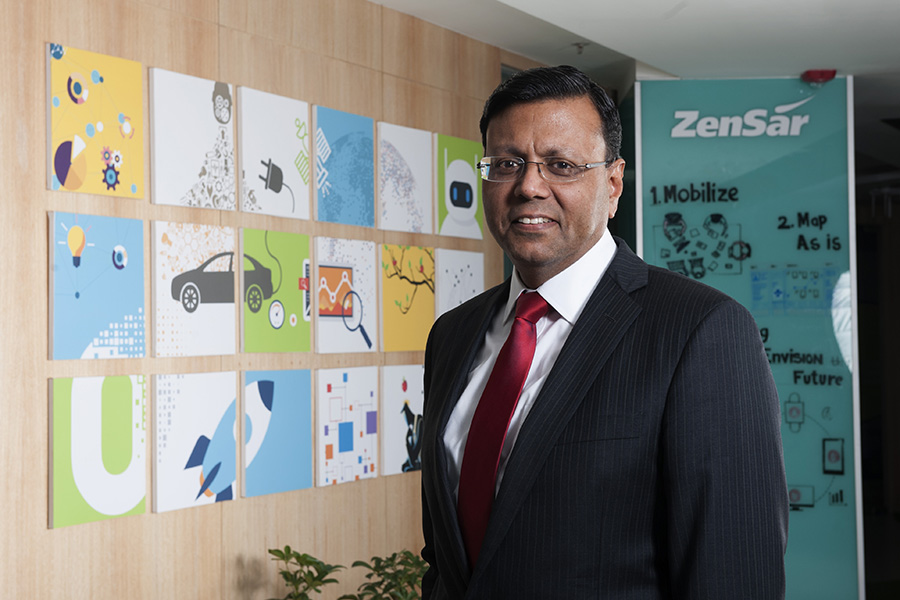 Sandeep Kishore, CEO, Zensar[br]
Sandeep Kishore, CEO, Zensar[br]Billion-dollar IT companies like TCS and Infosys have to balance legacy technology-services business with the need to boost digital revenue. In contrast, Pune-based Zensar Technologies, which clocked revenue of $567 million in 2018-19, has trained its guns on the digital pie. With more than 10,000 employees, it is much leaner than the traditional IT firms—and on a ‘Living Digital’ journey. In this interview with Forbes India, CEO and managing director Sandeep Kishore spells out Zensar’s Living Digital philosophy which is aimed to stay agile on the technology-talent front. It is taking the digitalisation story to customers by, first, becoming a digital organisation.
Forbes India: It’s been three years since you were appointed CEO of Zensar Technologies. What has your vision been?
Sandeep Kishore: I joined the company in January 2016. Zensar has always been a phenomenal organisation, and we took some forward-looking bets at that time. We decided: Let’s be—if not the first—among the world’s first Living Digital companies-with digital solutions covering employee engagements, operations, management decision-making, and relationship management. I’m exceptionally proud of my team on how well we have delivered on the premise of creating exceptional client value by first changing ourselves from within. It has panned out really well.
You introduced the ‘Return on Digital’ (RoD) strategy in the vein of ‘Return on Investment’. What’s that about?
Everybody talks about digital. But at Zensar, we are differentiating ourselves by being a transformative and enterprise partner for our customers in their digital transformation journey. Our objective is to ensure that we create measurable and sustainable business impact. That’s where the Zensar propriety Return on Digital framework comes in. It basically connects the front-end experience, a crossover of application, infrastructure and cloud, and secure cybersecurity, to the core back-end system. This could be legacy, home-grown and bespoke. We have learnt that it’s the only way to create measurable and sustainable digital impact for our clients—by connecting the core systems to the cloud, and delivering solutions through a phenomenal experience, which is driven by data and analytics.
But how has client behaviour changed in the digital era, compared to the traditional offshoring era?
A lot has changed…Earlier, it was just about talent supply and demand and labour arbitrage to meet clients’ requirements. Now it is all about business impact and innovation. In the past two years, I haven't had any C-level conversations about IT with our customers around the world. Earlier, IT was the business; now IT is a given, and digital is table stakes in C-level conversations.
In the digital-era, we need to constantly ensure that our clients and their customers, and we, ourselves, remain relevant. Relevancy is the new currency, which was not the case before. We have enterprise-clients across industries like retail, healthcare, insurance and manufacturing. Regardless of industry, the customer’s ability to launch new products faster is the way our business has been planned. This fundamentally alters the way in which service providers and consulting companies like us have to be ready. Earlier, the client’s business plan would be relevant for at least 18 months. Now, our clients have to launch new products—go to market—faster, and plan this based on what their customers are telling them every month or quarter.
So, we have to train Zensar’s talent accordingly, which was never the case before. Earlier, we largely aligned our talent to the CIO (chief information officer) of the client-organisation. Now, we engage with the CDO (chief digital officer), CMO (chief marketing officer), chief innovation officer, and chief technology officer. So, the spectrum of people we speak to at the customer-end has changed dramatically because of digital being the mainstream.
The costs of technology is also dropping. What has happened to the pricing models for an IT company?
The evolution of the IT industry largely began with time and material [Clients paid IT firms based on the number of software engineers that were engaged, for the amount of time they spent on defined workflows.] That was all labour- and talent-based to complete tasks. Now, it is increasingly shifting towards business tangibles like deliverables, outcome, business impact, and so on. Now the engagement model is effectively aligned to a business outcome rather than being task-oriented. I believe it’s a step in the right way. In every other industry, the pricing model is based on the outcome you deliver and the value you create. IT, unfortunately, got on the wrong side when it started but thankfully, it’s correcting itself now even if it has been slower than what one could normally hope for. As digital becomes table-stakes and AI is right at the centre of everything that is happening, I can bet it is going to be the mainstream pretty soon. This will align even more to the outcome-led model than it has traditionally been.
So what has changed from a talent planning point of view for this outcome-based model?
Since IT and digital are now a given, we have to invest in talent-readiness. This is a rare commodity because service-providers are expected to make the right talent available for the new and relevant technologies when the clients need it. So our focus is to invest in creating the talent even before the market begins to need it. So, within Zensar, we’ve trained 10,000-plus Zensarians three times over in the last three years. Within Zensar, everything is native digital, native mobile and native AI now. It helps us be ahead off the curve and aligns to our mission of creating value for the customer.
Have the gestation periods for client projects and implementations reduced?
When the model was an efficiency-led engagement, our job was to make things better, faster and cheaper. It didn’t involve business impact and innovation. Now that is at the centre. Since digital and AI are now the business, everything else has to align with it. Earlier, projects used to take 6-18 months, now we have to start delivering within 90-100 days. So yes, the gestation period has come down. We have do everything—development, engineering, operations, release and security—simultaneously. And now that’s possible. Earlier the technology, like compute-power on the cloud, was not available. Now, even agile methodologies evolve all the time, and it is all tying up together. So we are expected to deliver complex programs pretty much across the industry, in much shorter time periods than ever before.
How does Zensar map and source talent in real time for large and critical deals?
Our RoD platform uses AI (artificial intelligence) to map the deal pipeline with Zensar's talent availability on a real-time basis. The platform actually acts on the findings to allocate the resources, so that new and existing clients and our team can all get a view of the launch period for the deal. The platform goes through multiple sources of data within the enterprise such as sales, HR, talent supply chain, finance systems—and brings all of them together. It enables our people to focus on the real value, which is to be with clients rather than to worry about where the talent will come from after closing a deal. It was launched very recently, but we are exceptionally pleased with how it has panned out.
What is the importance of having a real-time platform to plug talent needs per project?
Earlier, the trigger for talent requirements started once the deal was won. Then the platforms started to scour for talent within the company. By then, there is already a disconnect. This system lets everyone in the organisation know exactly what actions are pending. We don’t need manual intervention anymore. The system works on our behalf by default, to source the talent required. Hence, we can focus on more client value-creation, which needs human interface and human interaction. The process, and the compute, and the cloud technology are all available to do the task.
What is the technology apparatus that enabled this to happen in real time?
Cloud, of course, is at the core of it. There are three aspects we operate within, and which we go to market with. One, it’s all about experience. Clients come to a platform because the experience is phenomenal. Platforms intuitively make clients decide, and is hence enabled by AI. Two, it’s about experience enabled by AI and delivered through a secure, smart inter-connected platform. So, there is a cloud element and there’s cybersecurity, so it has security built right into it at the development level itself. And three, the operations. Zensar has done over a 1,000 releases between all the platforms that we’ve built in the past two years. We’ve seen two million-plus downloads and 30 million sessions. The only way we can achieve this kind of scale is if we do releases simultaneously. This means integrating functions like build, operate, engineering, product development and security—all of that into one. It’s a totally new way of thinking and a new way of executing.
In three years, you have made four acquisitions. What’s the rationale driving inorganic growth?
Actually, we have done five transactions—four acquisitions and one divesture. Our approach has been very clear and we’ve been upfront about it—we do tuck-in acquisitions, which is about bridging the competency gaps. It’s a Build vs Buy decision. The first of these acquisitions happened in November 2016, within the first 10 months of my taking over. We acquired a design agency in London called Foolproof. The second was Keystone Logic, an omni-channel digital supply chain exclusively focused in retail. The third was Cynosure, which is a P&C (property and casualty) insurance firm in the US. And the fourth and our most recent acquisition, was just about a year ago, of Indigo Slate in Seattle, US. They have all been fully integrated within Zensar's offerings. We go to market as one, though we have decided to retain the brands of these acquisitions because they are very well-respected in the markets they operate in.
What’s the role of ZenLabs in your innovation strategy?
It has played an incredible role in democratising innovation within Zensar. In the past two years, we’ve filed around 100 patents and have already been granted 10. To drive innovation for a company of our scale, first and foremost, we need a process of innovation. That’s exactly what Zen Labs has done.
Second, we are very focused on only a few areas because our thinking was that it is easy to become broader in size but lose effectiveness. The reason we are ahead in AI is because we picked this as a track at ZenLabs two years ago. Half of our patents are in and around the AI. Zenlabs focuses on Blockchain, AI, NLP (Natural Language Processing), and Augmented Reality. These are the four tracks for Zenlabs. We have five PhDs who work right here in Pune. And we have now taken it to our two other locations—Hyderabad and Bengaluru. There are plans of taking it to the US now, to our delivery centre in North Carolina. We want to be global and drive innovation. It works with the rest of the organisation to make sure we stay relevant. And we stay invested into what really drives the next generation of business itself.



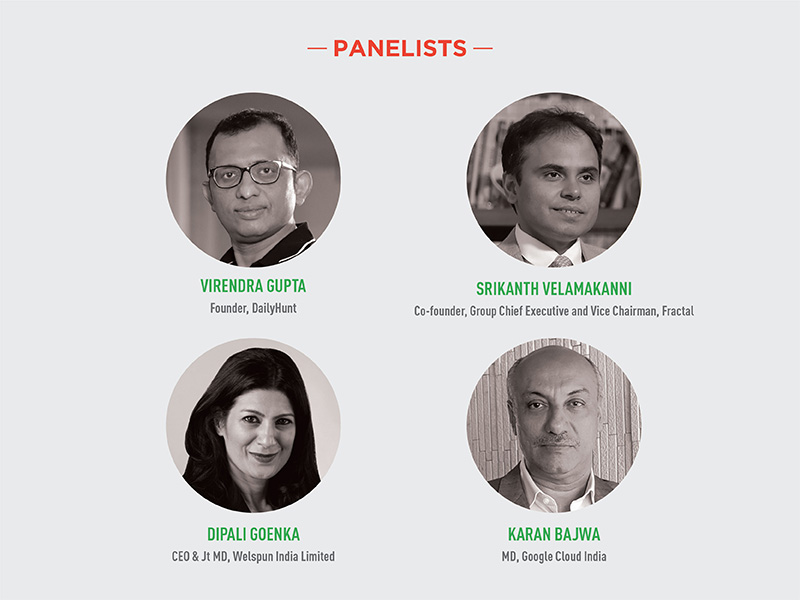
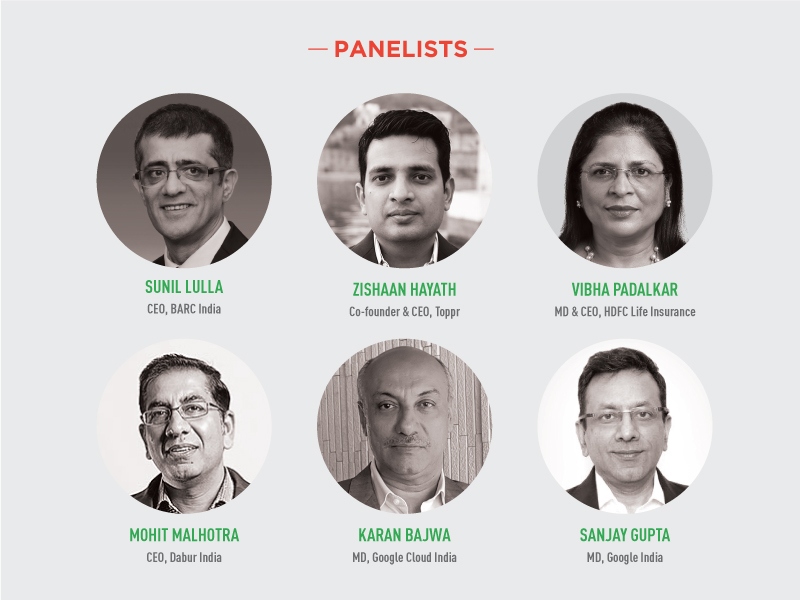
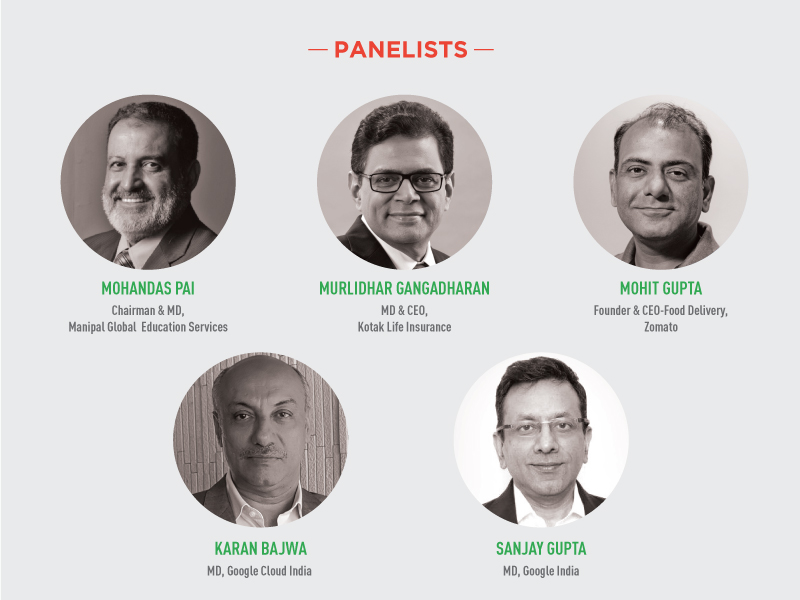
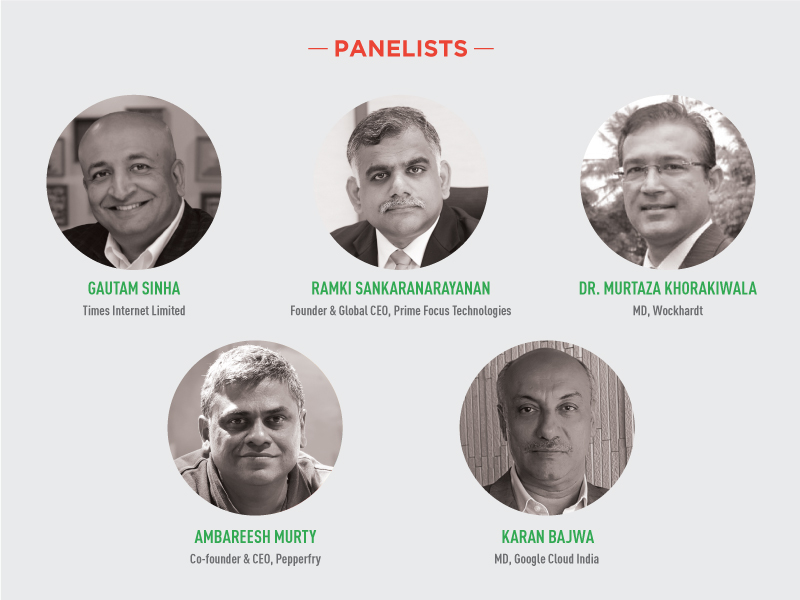
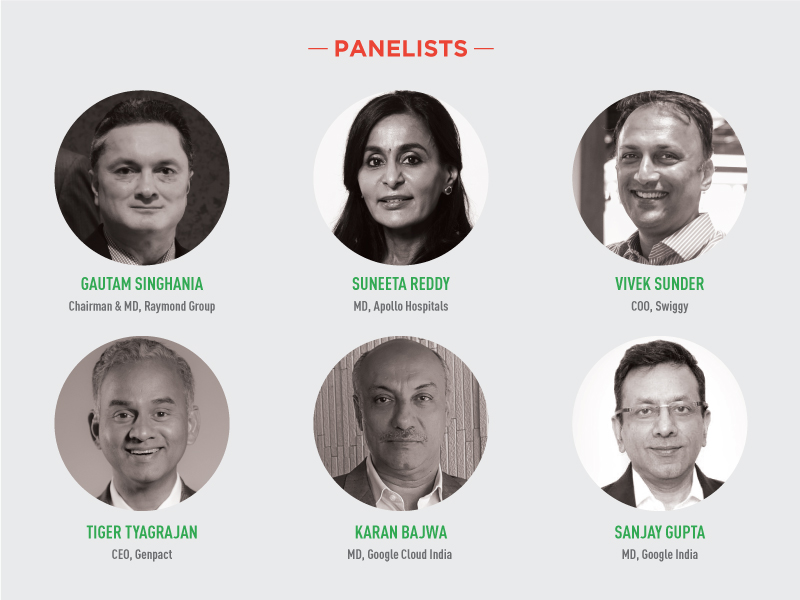
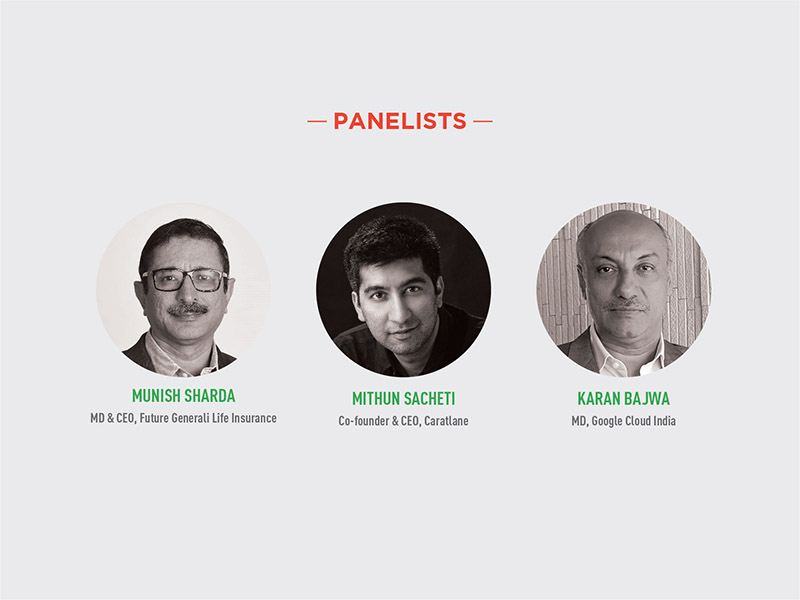

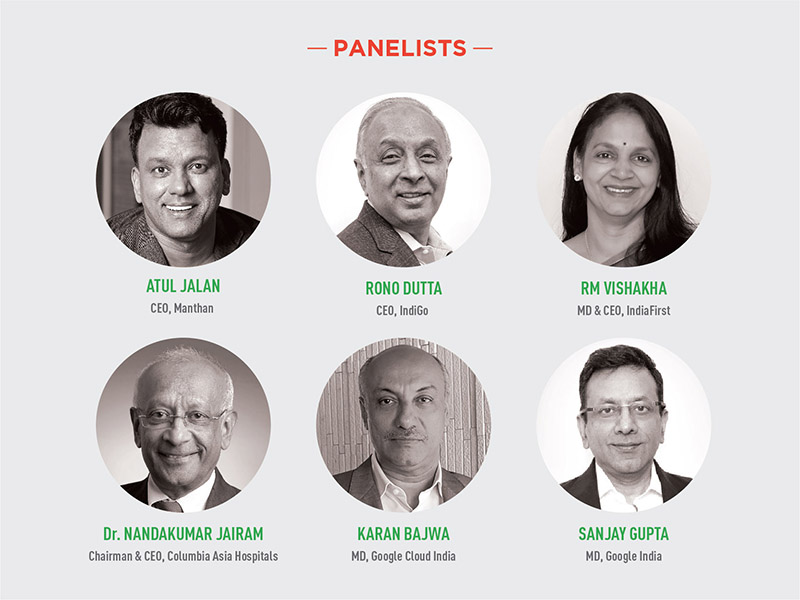
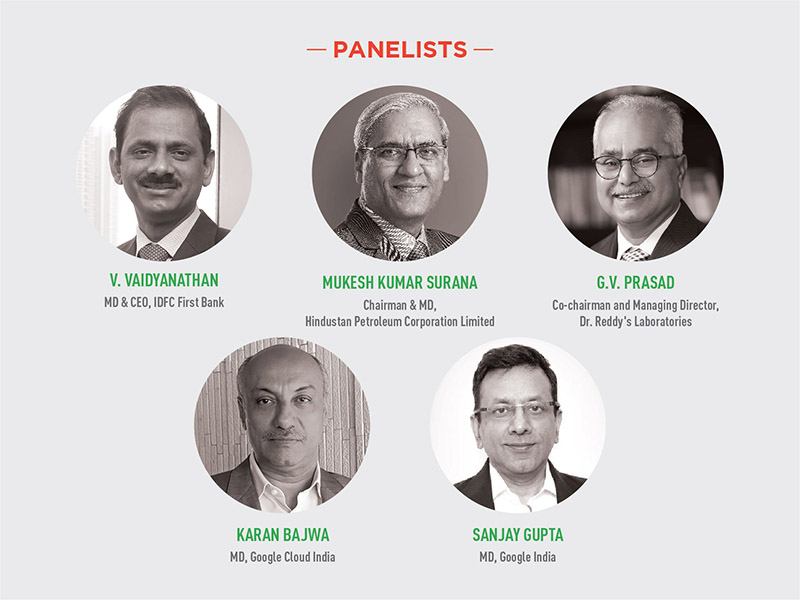
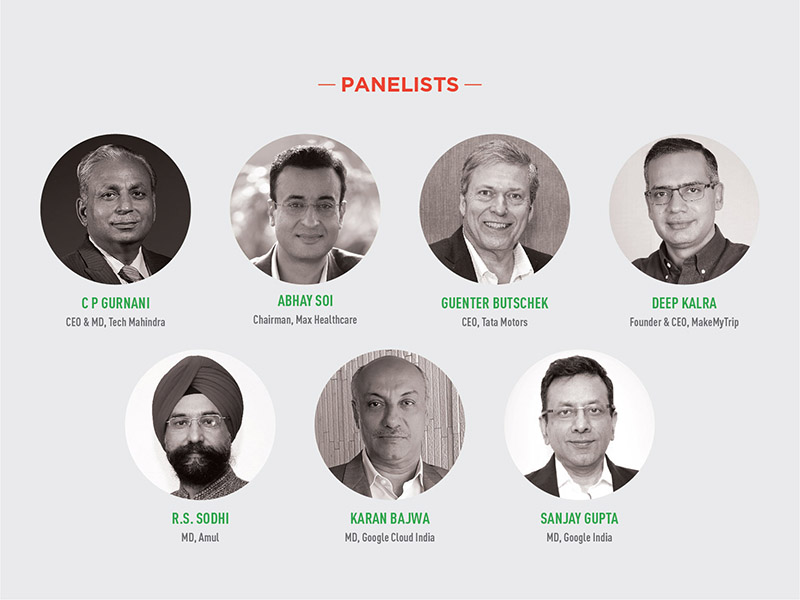
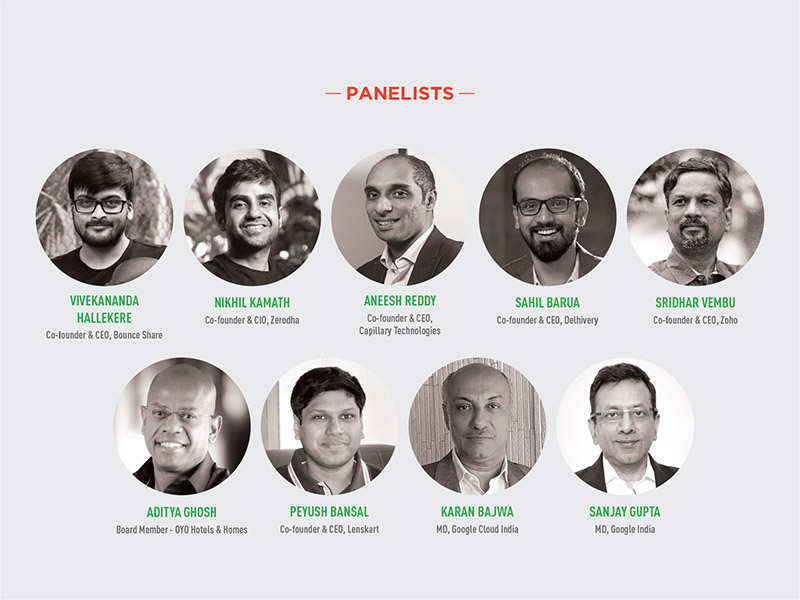
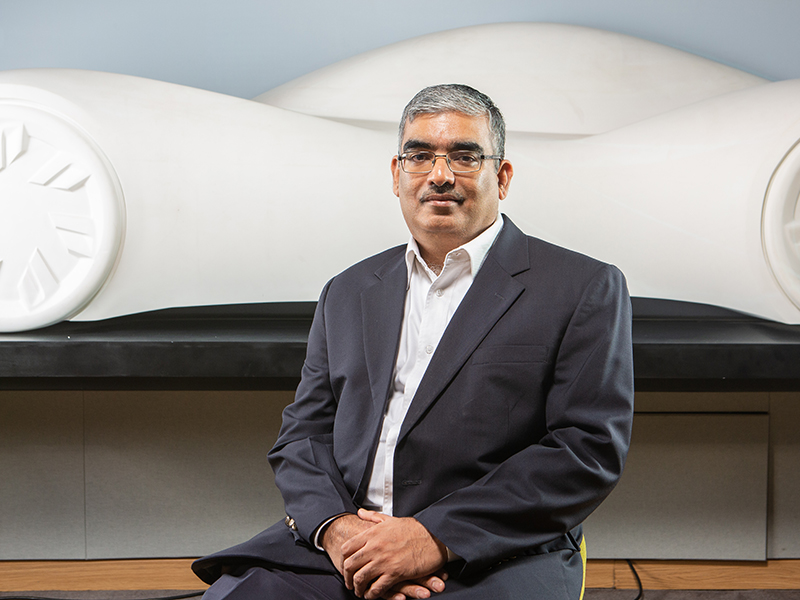
.jpg)
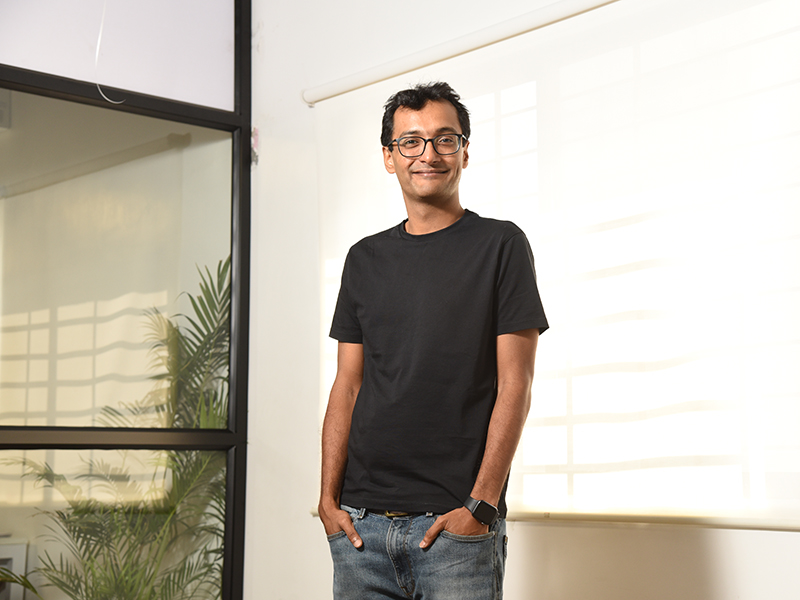




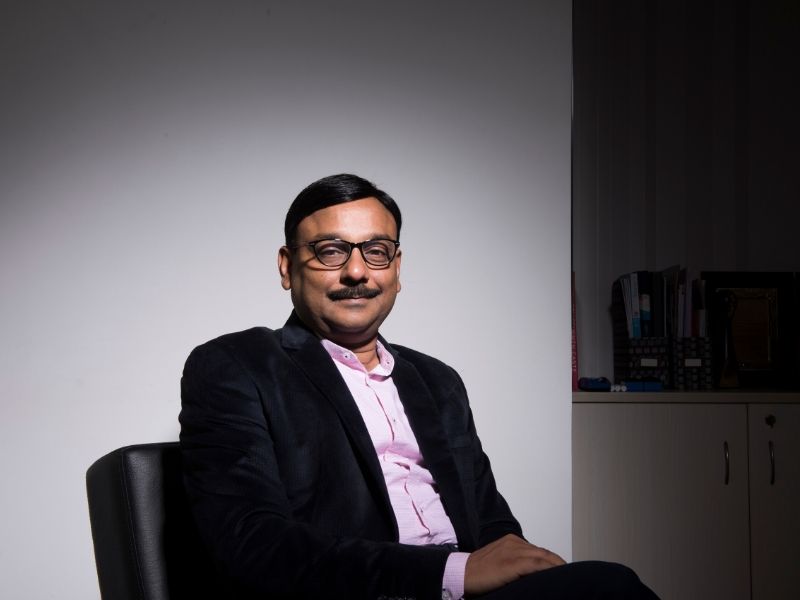
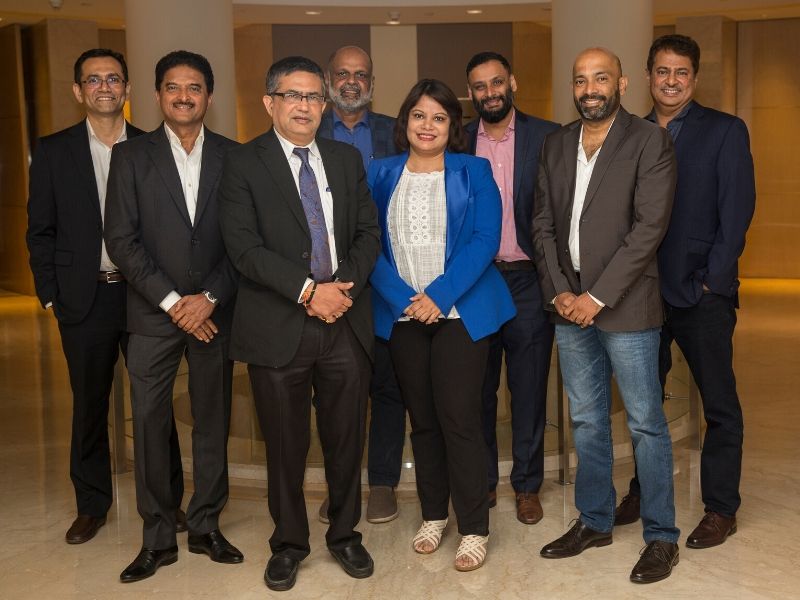
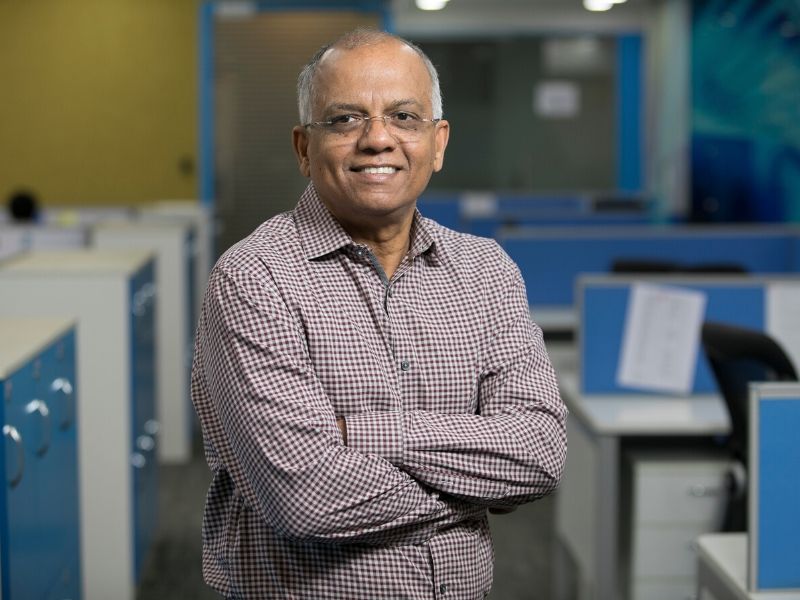
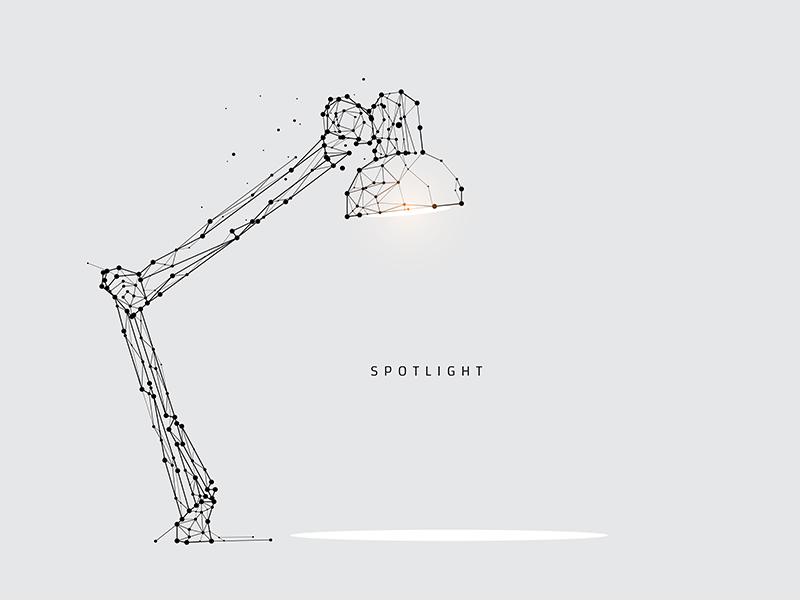
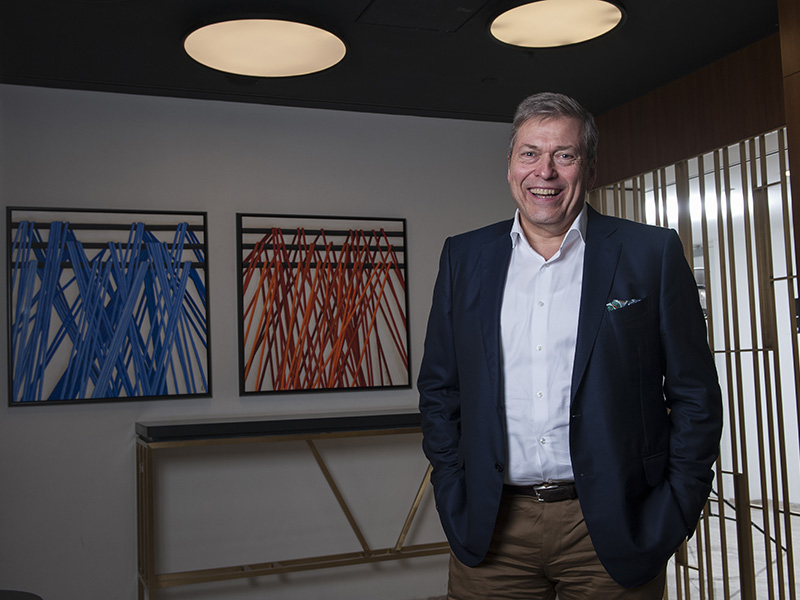

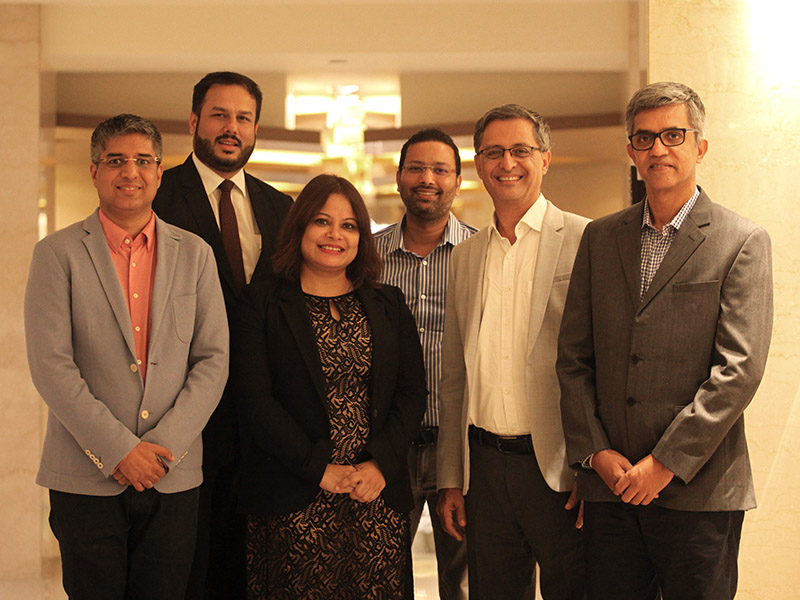
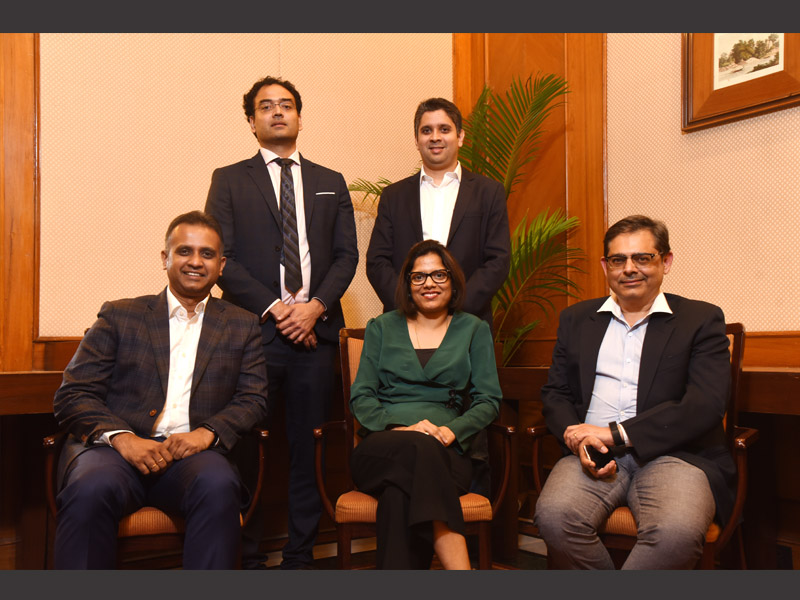



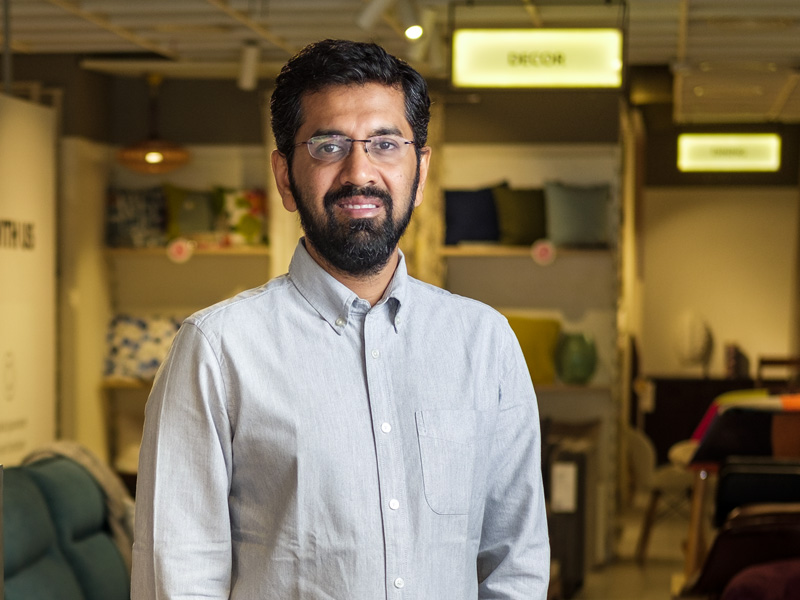
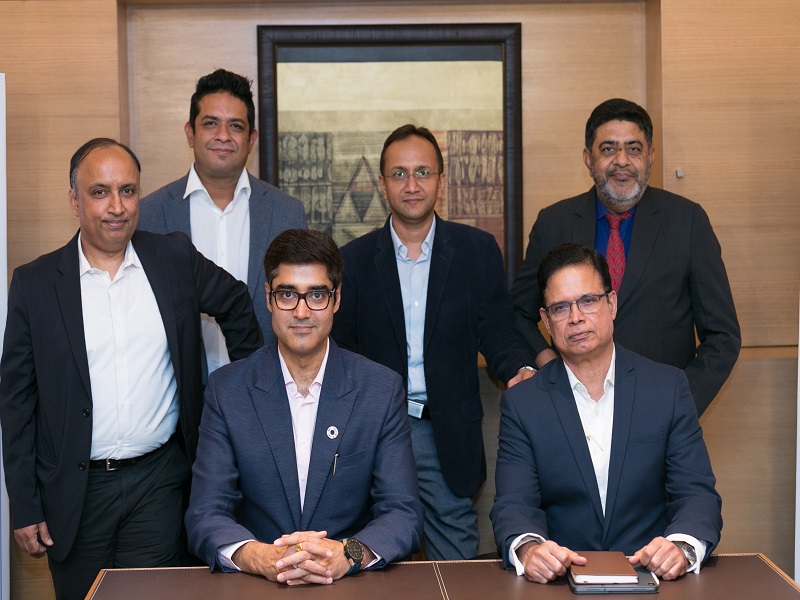


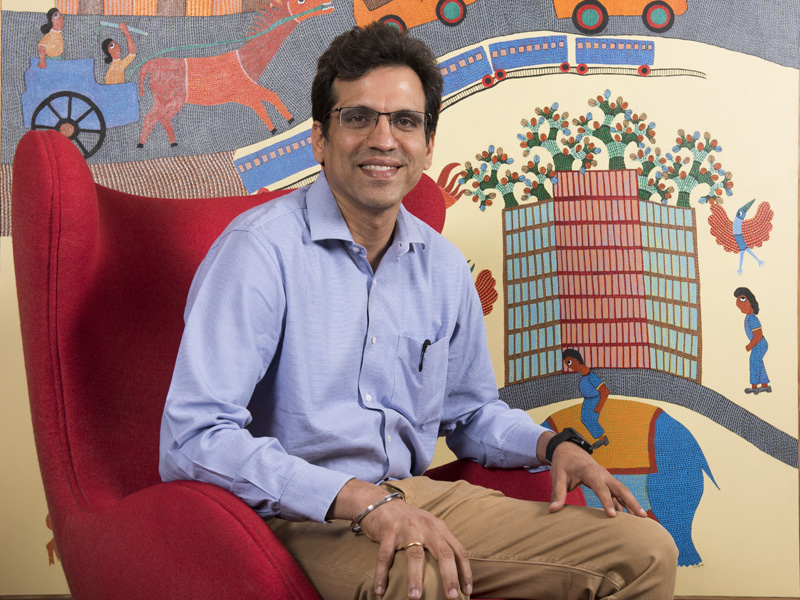
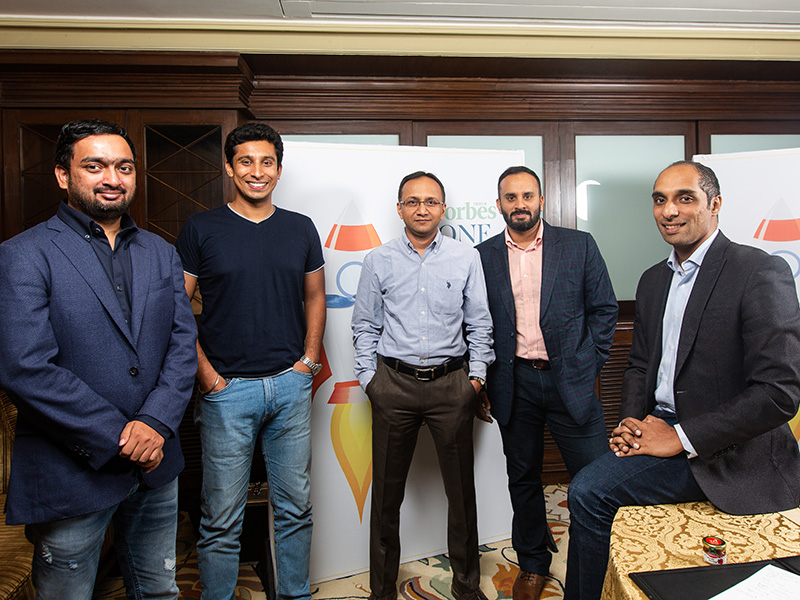

.jpg)

